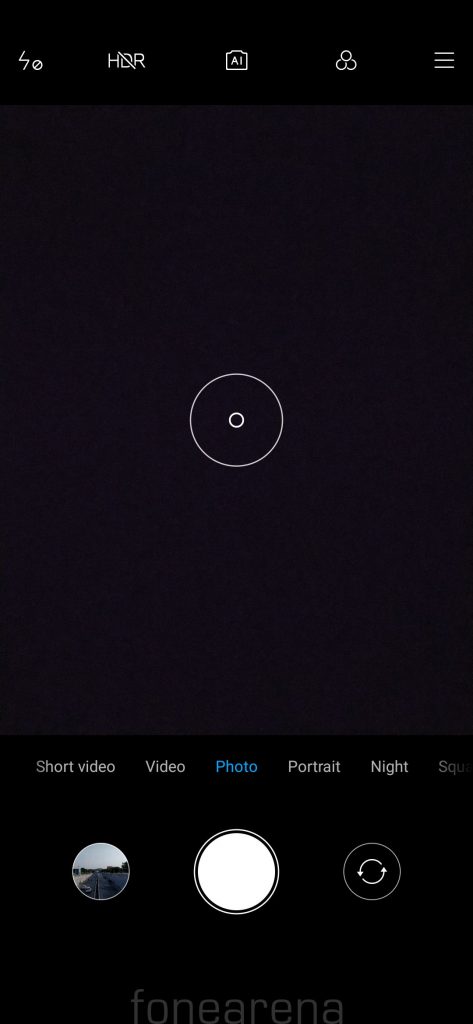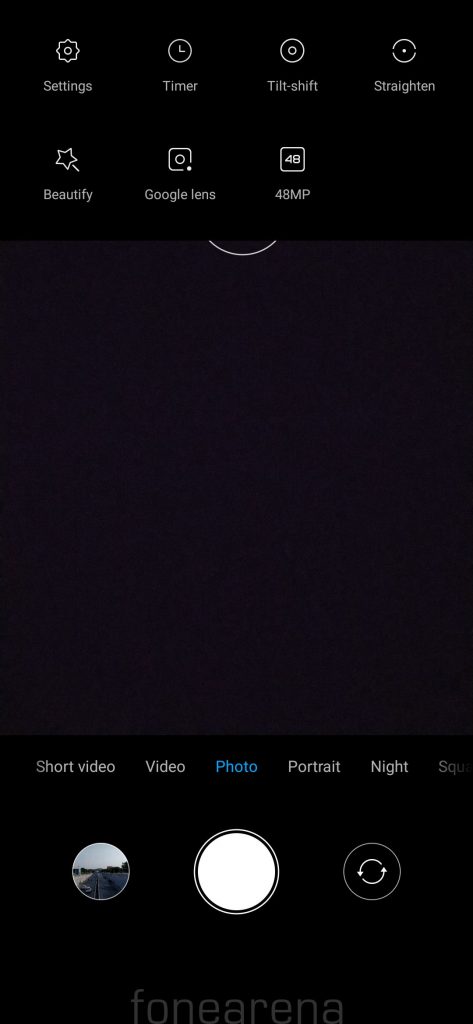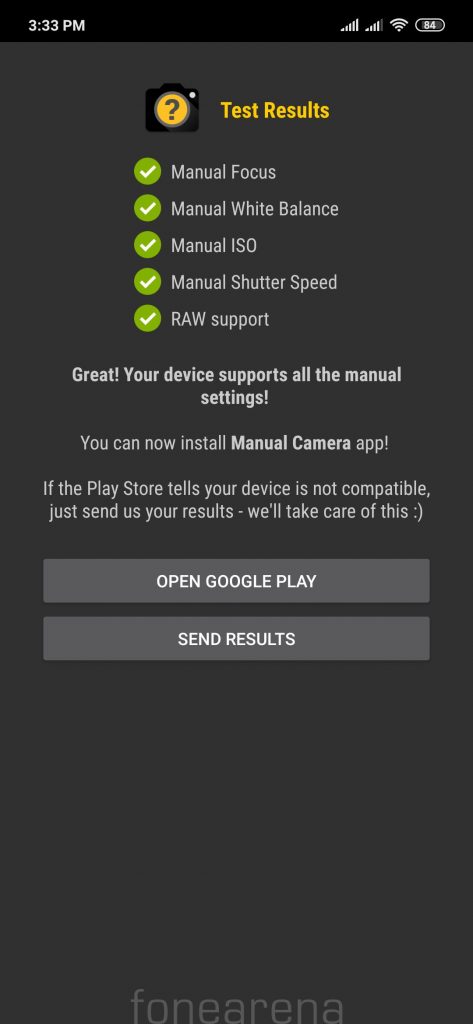
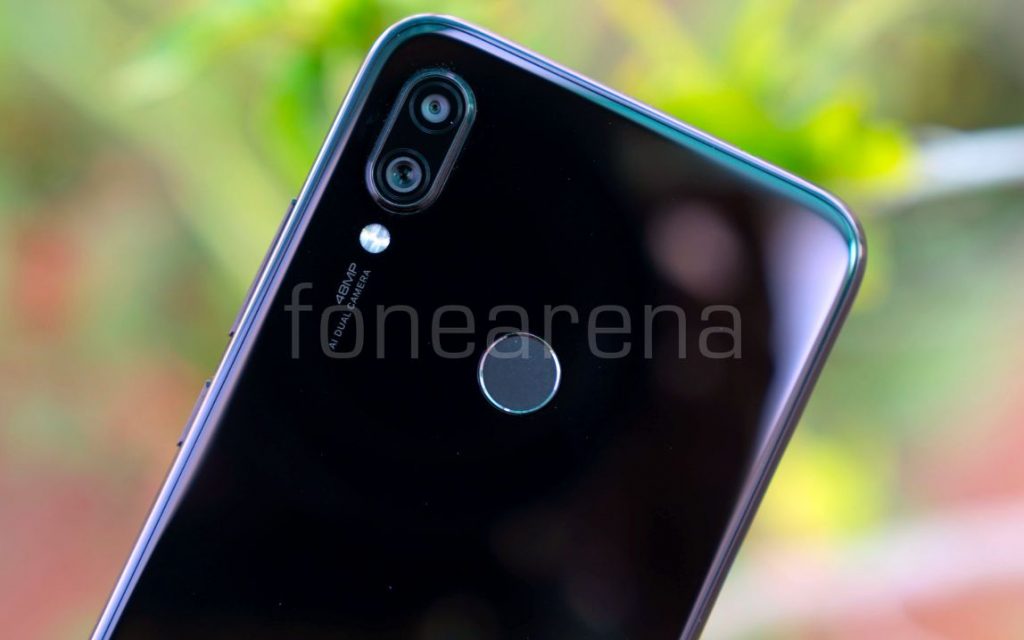
Xiaomi launched the Redmi Note 7S with upgraded rear cameras compared to the Redmi Note 7 in India last month. Here we have the camera samples from the smartphone.

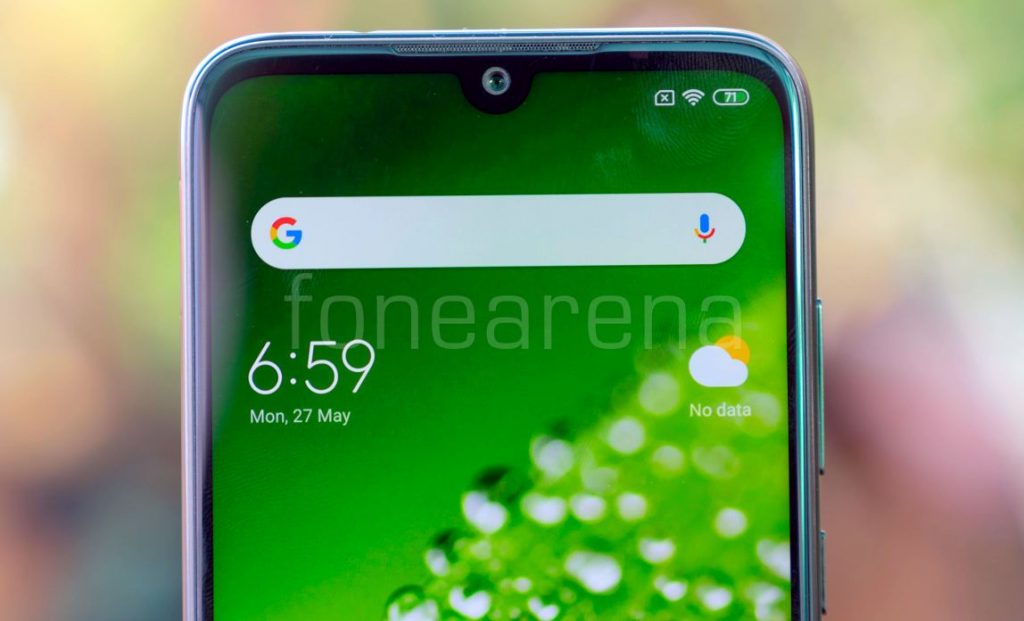
The Redmi Note 7S packs dual cameras at the back arranged in a vertical array. The phone packs a 48-megapixel primary rear camera with single LED Flash, f/1.79 aperture, 1/2″ Samsung S5KGM1 sensor, 0.8μm pixel size, 6P lens has support for PDAF, EIS along with a secondary 5-megapixel camera with 1/5″ Samsung S5K5E8 sensor, f/2.2 aperture, 1.12μm pixel size to capture depth information in portrait shots. It has a 13-megapixel front-facing camera with OV13855 sensor, f/2.0 aperture and 1.12μm pixel size but lacks the selfie flash on the front.
The camera UI is familiar with other Xiaomi smartphones running MIUI 10 with flash, HDR, AI (that can detect 33 scene categories for rear and 12 scene categories for the front camera), color modes (Normal, Vivid, Film, Amour, Latte, Sun, Cookie, Calm, Soda, Gourmet, Glow, Berries, B&W and Fade) on the top. Pressing the menu option shows timer, tilt-shift, straighten, group selfie, Google lens and 48MP option. There is a front camera toggle on the bottom along with option to select modes such as Short Video, Video, Photo, Portrait, Night, Square, Panorama and Pro mode to adjust white balance, shutter speed (1/1000s to 32 seconds). Beautify option (that can be set from 1 to 5) is available for both front and rear cameras.
Xiaomi has enabled Cam2API by default, so users can side-load ported Google Camera APKs for advanced editing including RAW capture, a working APK can be downloaded from here.
Coming to the image quality, daylight shots came out well with good dynamic range. HDR shots are better, and macro shots are good as well. You can easily enable the 48MP mode that offers a lot of details, but the images are about 12MB in size and the images are not very clear when zooom compared to the Redmi Note 7 Pro. Dual camera portrait shots were good and the edge detection was good as well. There is an option to adjust the blur after it is shot, and there is also light trails and studio lighting options.
Low-light shots are good, thanks to 4-in-1 Super Pixel technology that lets the camera’s sensor hardware combine 4 pixels into a single 1.6μm large pixel, and the night mode, similar to the Redmi Note 7 Pro is even better making the images brighter offering more details, but there is still noise when there is hardly any light. Images with flash are good and the flash is not overpowering. Daylight front camera shots are good, but low-light shots are just average since there is no dedicated flash and uses only the screen flash. Portrait mode for front camera looks artificial since it uses software-based blur. You can enable HDR and AI for the front camera as well.
Check out the camera samples (Click the image to view the full resolution sample.)
It can record videos at 1080p resolution at 30 fps, 1080p at 60 fps, 720p at 30fps, and it also has slow motion 1080p or 720p resolution video recording at 120fps. Similar to the Redmi Note 7, the Note 7S lacks 4K video recording, check out the video samples below.
Overall, the Redmi Note 7S is worth for the price of Rs. 10,999, even though is Rs. 1000 more than the Note 7 mainly due to better cameras. The company already confirmed that the Redmi Note 7S will replace the Redmi Note 7 soon. The phone recently went on open sale, so you can get the phone from Flipkart, Mi.com and Mi Home stores easily.

